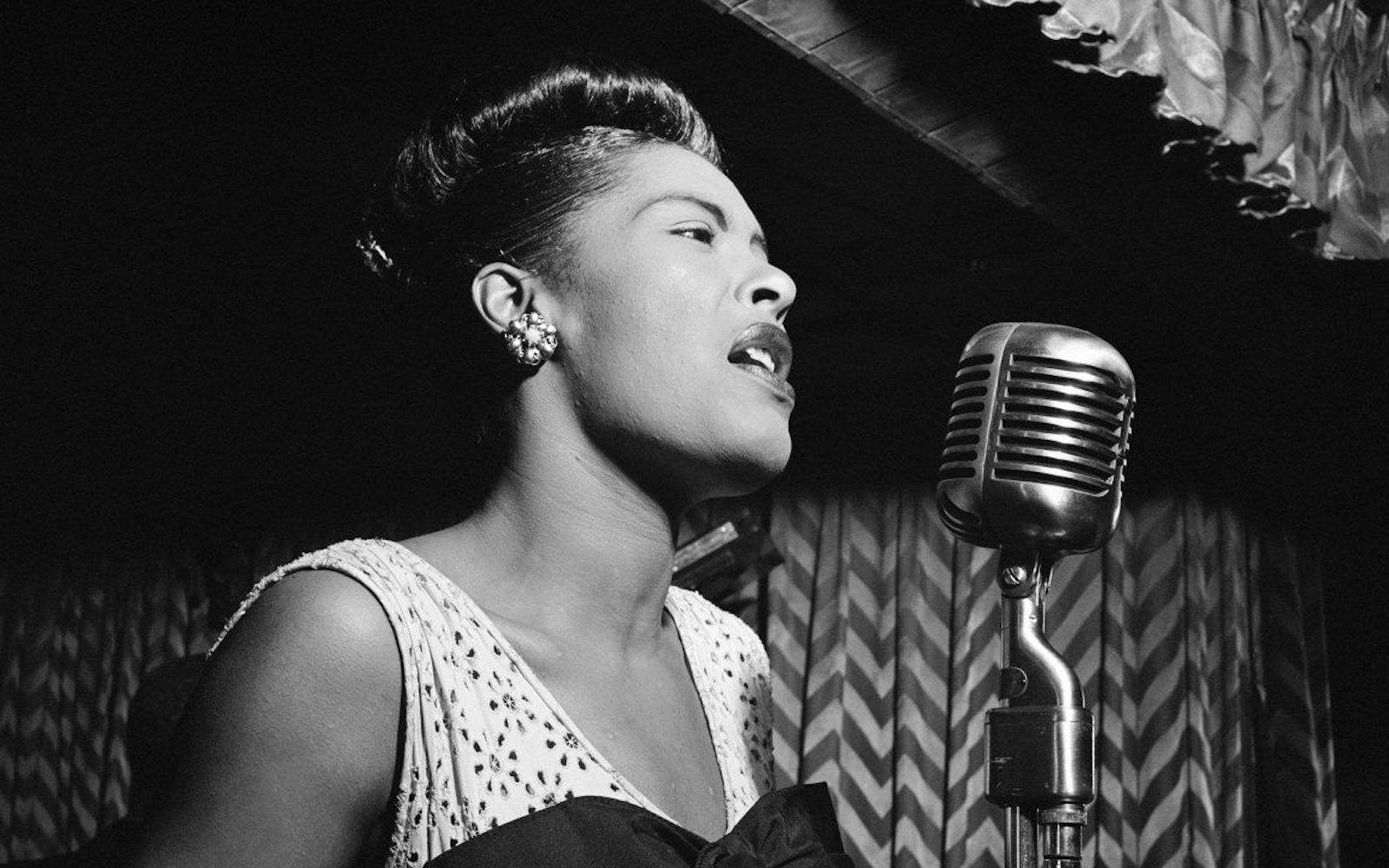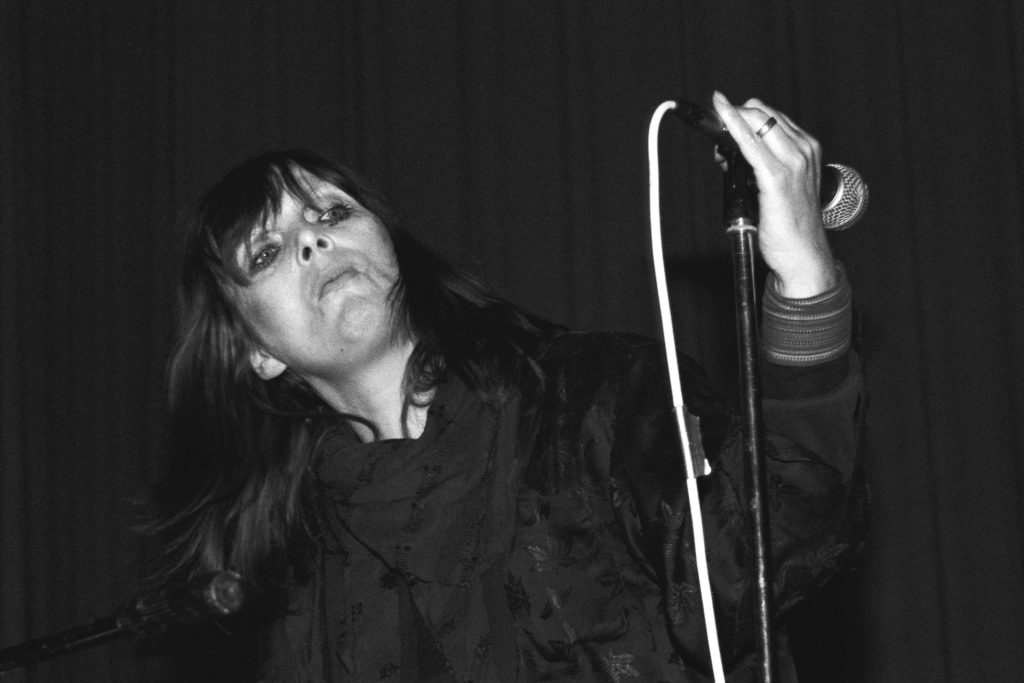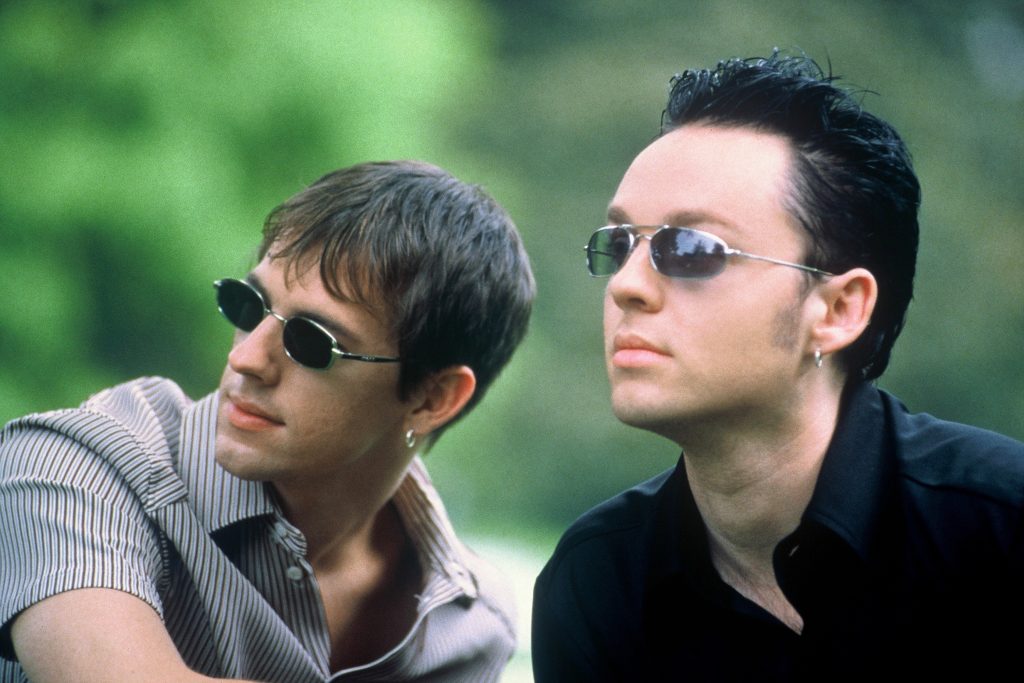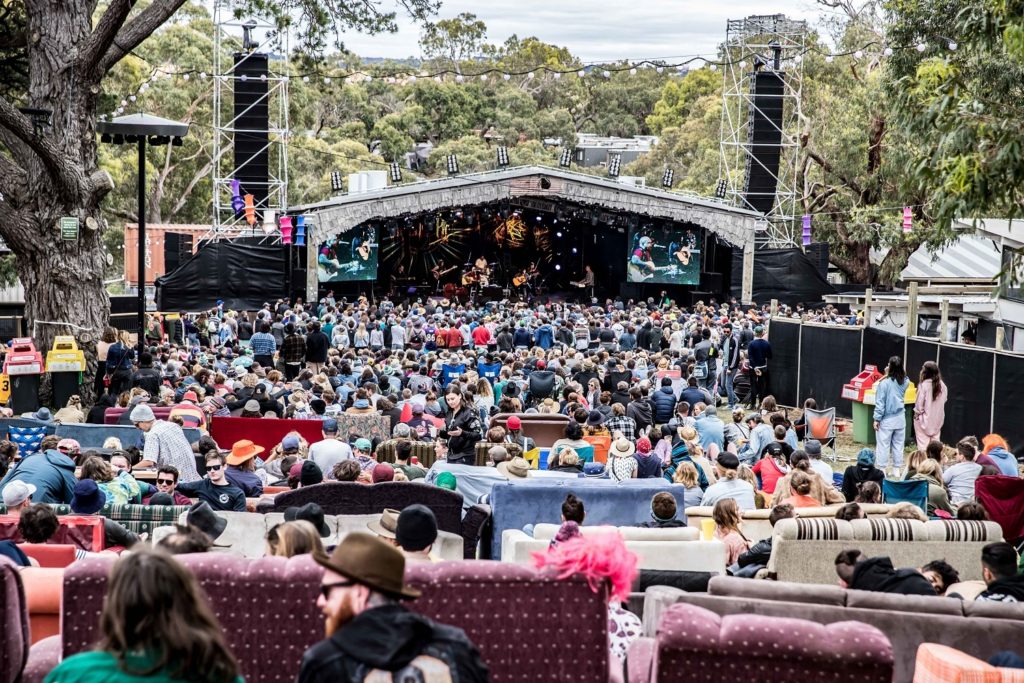Women who undeniably changed the game.
Female musicians, and their contributions to the music industry, are often undervalued and overlooked while their male counterparts rise to the top like a slick layer of oil smothering the sea of talent beneath them.
That’s why, for International Women’s Day, we’re highlighting some of the incredible women who have helped shape genres and movements, making music what it is today.
Keep up with the latest music news, features, festivals, interviews and reviews here.
The late ’20s saw a teenage Billie Holiday emerge onto the scene, though it was largely up to her to carve a space for herself within the industry.
While Holiday was hardly the first black woman to exist within the parameters of popular music, having been preceded by the likes of Sister Rosetta Tharpe, Mamie Smith, Ma Rainey and Bessie Smith, Holiday’s race, gender and distinctly unusual vocal style each caused pushback from the public.
However, it was the discrimination Holiday faced that would inadvertently spark the success of one of her early hits, ‘Strange Fruit’. The track, detailing the lynching of people of colour in the South, was refused by Holiday’s label Columbia, causing her to release it through the alternate jazz label, Commodore.
Upon its release, ‘Strange Fruit’ was banned from several radio stations due to its controversial content, though this attention only caused the track to become more sought after.
Holiday’s effect was lasting and her style became hugely influential, particularly within the jazz scene. The following decades saw black, female jazz and R&B artists continue to infiltrate the mainstream, with Ella Fitzgerald, Sarah Vaughan and Etta James each becoming household names.
Come 1947, Miriam Abramson co-founded what has since become one of America’s biggest record labels, Atlantic Records. The success of the label has largely been attributed to R&B stalwart, Ruth Brown, whose signing to Atlantic brought so much attention to the label it’s since been coined ‘The House That Ruth Built’.
With the 1950s came a shift towards pop, particularly favouring white actresses such as Doris Day, Debbie Reynolds and Judy Garland.
However, women began occupying a broader range of genres, with Connie Smith and Patsy Cline becoming popular country stars while Eartha Kitt lent her pipes to Broadway. Despite the rise in female artists, women in music were uniformly referred to as ‘girl singers’ throughout this period.
By now, women had been pushing the boundaries for decades, though it was the ‘60s that the female revolution really began to take form. R&B and rock’n’roll took hold, bringing forth an influx of female talent including Mavis Staples, Tina Turner, Aretha Franklin, Grace Slick, Joni Mitchell and Janis Joplin.
Tired of taking the backseat, these women – on the shoulders of those before them – tore down boundaries that confined them to men’s shadows. In the late ‘60s, Aretha Franklin earned the title Queen of Soul as a result of her powerhouse voice and empowering singles ‘Respect’ and ‘(You Make Me Feel Like) A Natural Woman’.
Franklin was such a commanding force that she became the first woman to be inducted into the Rock and Roll Hall of Fame in 1987 and later became one of the most honoured artists in Grammy history after winning her 18th Grammy in 2008.
Another signifier of the era, Janis Joplin broke through the ‘girl singer’ mould with her unique sound which incorporated folk, blues and rock. Although she died at the height of her success, Joplin has been widely dubbed The First Lady of Rock’n’Roll and inspired the next generation of female artists.
Across the ‘70s, Suzi Quatro, Patti Smith, The Runaways, Pat Benatar, Siouxsie Sioux, Debbie Harry and Chrissie Hynde each continued to restructure the perceived role of women through a new era of punk.
The no-holds-barred, unapologetic attitude of the genre directly fought the status quo which saw men lauded as god-like while women worked twice as hard for a fraction of the recognition.
In the ‘80s, Stevie Nicks and Joan Jett each released their debut solo albums while Kim Deal and Kim Gordon became centrepieces in Pixies and Sonic Youth, respectively.
Madonna, Björk, Olivia Newton-John, Kylie Minogue, Cyndi Lauper, Kate Bush each began experimenting with their own brands of pop while Tracy Chapman’s inimitable voice and politically-fuelled music became a staple of the time.
The ‘90s saw the rise of the Riot grrrl, an underground feminist punk movement geared towards punk, politics and feminism which was largely influenced by Patti Smith, Sioxsie Sioux, Joan Jett and more. The ethos of this movement brought forth bands like Bikini Kill, Sleater-Kinney and Bratmobile, though the foundations of the movement would extend beyond specific musical stylings.
In Australia, the ‘90s brought Christine Anu, Ruby Hunter, Deborah Conway and Adalita into the typically male-dominated music scene while America’s hip-hop and neo-soul scenes began to look towards female voices such as Missy Elliot, Lauryn Hill and Erykah Badu.
In the past near three decades, the influence of each one of these women to music as a whole as well as the female artists who have since emerged has been immeasurable. While the industry is far from an even playing field, Australian music is diversifying in ways we haven’t seen before.
We have reached a place in which songs like Courtney Barnett’s ‘Nameless, Faceless’, Sampa The Great’s ‘F.E.M.A.L.E’ and Camp Cope’s ‘The Opener’ are widely acclaimed for their empowering messages and we are seeing more Indigenous female artists such as Emily Wurramara, Alice Skye and Thelma Plum breaking the mould.
The fact that people still respond to claims of gender inequity in the music industry by insisting that there simply aren’t that many good female acts is not just deplorable, it’s blatantly false.
Festivals are slowly but surely moving away from male-dominated line-ups, women are being rewarded for their work and there’s room for female artists to experiment and take up space, rather than serving as ‘girl singers’ whose job it is to look and sound the way society tells them they should.
That’s not to say the industry is near what women deserve it to be. We wouldn’t see so many songs about gender inequality if that were so, and people certainly wouldn’t have to go looking for music by women.
While there is absolutely room for improvement, it is worth stepping back and considering the achievements and struggles of women throughout music history and how their contributions have opened doors for generations of female musicians to come.
Let’s hope that it won’t be another century before we no longer have to single out women’s achievements in order for them to receive recognition for their work.
For more on women in music, head here.







